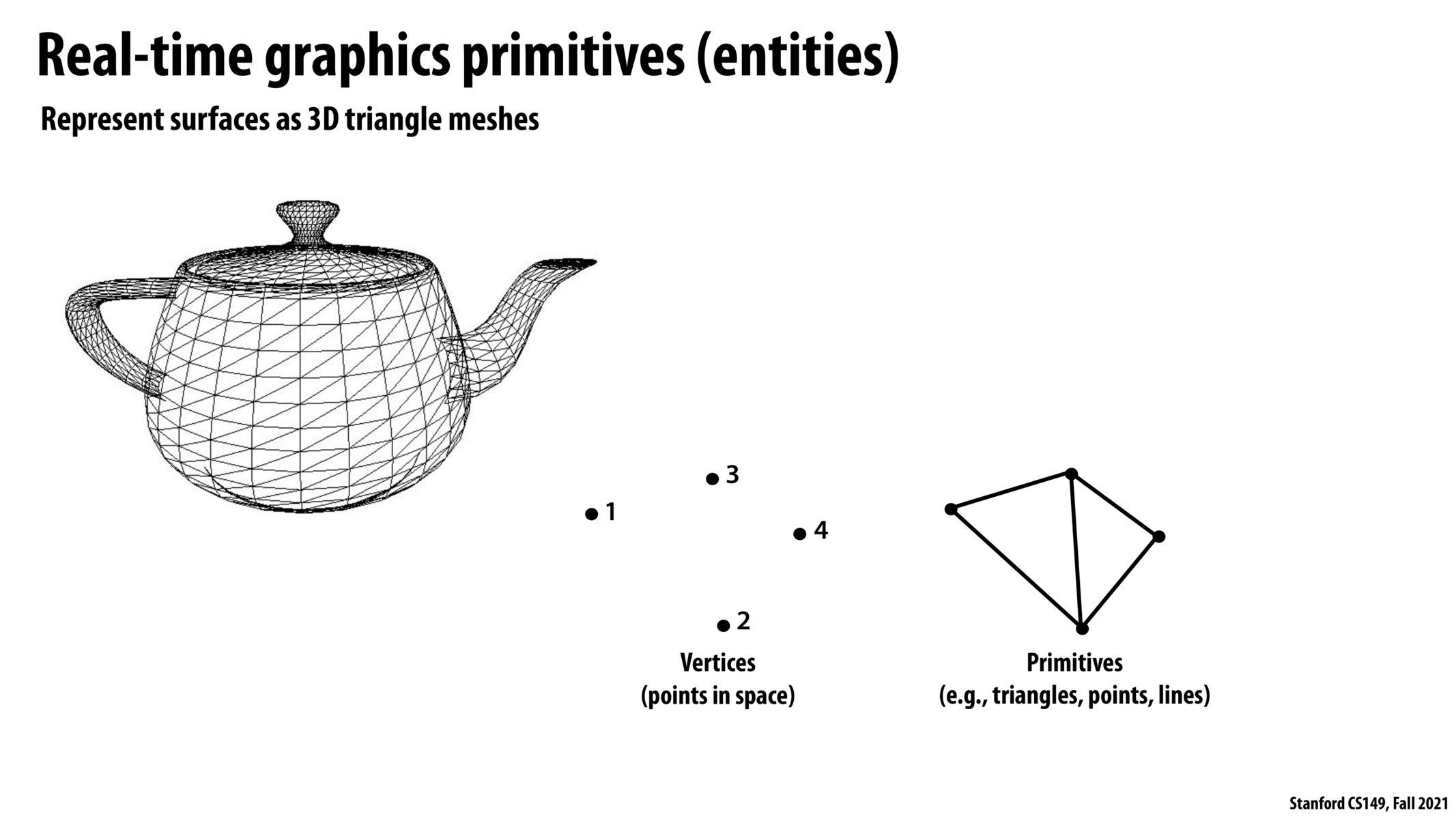


It might be because any polygons could be divided into triangles, and therefore offers the flexibility for representation.

I think it's also relatively efficient to do computations on a triangle (e.g., it is efficient to compute whether a point is inside or outside a triangle). And as @krisinayige mentioned, any polygon can be represented by a collection of triangles. So in your hardware and software, you can really heavily optimize for operations that assume triangles => more efficient computation (much in the same way that RISC-style instruction sets are preferable to older instruction sets like x86 since optimizing your hardware to run only a few instructions actually gives you better performance in the general case than trying to handle many instructions).

To add, a triangle is the most simple representation of a plane in 3D

Are there cases where using a polygon (say square) might be better suited than a triangle?
Please log in to leave a comment.
This may be a dumb question, but why triangles? Is it just because that adds more flexibility into what we can represent?